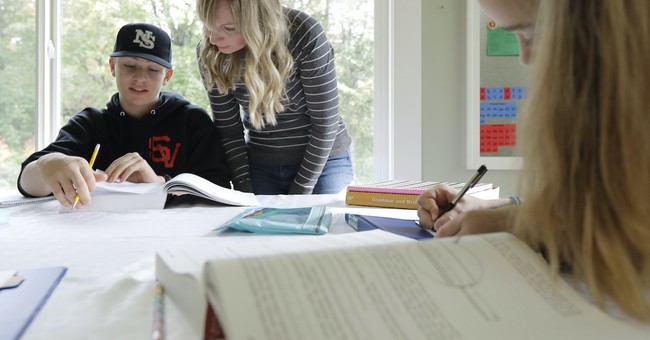OLD SCHOOL OF THE DAY

Coloma Schoolhouse
Marshall Gold Discovery State Historic Park
310 Back St.
Coloma, CA 95613
Visiting the Coloma Schoolhouse at Marshall Gold Discovery State Historic Park (MGDSHP) is like stepping back in time. It has been meticulously restored to depict the classroom as it appeared in 1925. The School Superintendents Report of 1855 shows three schools in the Coloma area—one each in Coloma, Uniontown (now Lotus) and Cold Springs—with a total attendance of 54 pupils. It’s believed the original school was directly behind the county courthouse when Coloma was the county seat. In 1858, the county seat moved to Placerville and the vacant courthouse was turned into the schoolhouse. By 1887, the three smaller schools had been consolidated into a central school in Coloma with 234 students enrolled. The population of Coloma was ethnically diverse, due to the influx of people from all over the world during the Gold Rush. Initially, children from Coloma’s African American population attended school at the African Methodist Episcopal Church; however, “Common School Reports” indicate that African American children attended the traditionally white school as early as 1875—five years before a state statute ended segregation in public schools.
The courthouse building served as the school from 1858 until the afternoon of Friday, September 2, 1919, when it was destroyed by fire. Classes resumed on Monday morning at the nearby I.O.O.F. Hall and continued there until a new schoolhouse was erected. Lumber being at a premium, the citizens of Coloma searched for an alternative to building a new school. They located an abandoned schoolhouse, built in 1890, in Slatingdale (now Kelsey), and purchased it for $200. It was disassembled, and the parts were labeled and shipped the nine miles to Coloma by horse-drawn wagon. The building was reassembled on the site of the previous school, and on January 27, 1920—four months after the fire—classes resumed in the new schoolhouse. When the Gold Trail Union School District was formed in 1957, the schoolhouse closed.
For many years, it served as the Little Red Schoolhouse Antique Shop. In 1978, the building was purchased by MGDSHP and a new foundation and roof were added. A full-scale restoration, utilizing first-hand accounts from local residents and former students, was completed on October 2, 1987, at a cost of $60,000. On October 10, 1987, an uninsured logging truck carrying 72,000 pounds of logs lost control on the turn in front of the school and overturned. The logs smashed into the southwest corner of the building and skidded across the hardwood floor, leaving scratches that can still be seen. The Coloma Schoolhouse Restoration Committee—a coalition of private citizens and 15 community organizations—worked with the Gold Discovery Park Association (GDPA) to raise $44,000 needed for repairs. The restored building was dedicated on September 9, 1995, and now serves as a museum.














